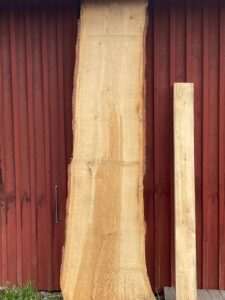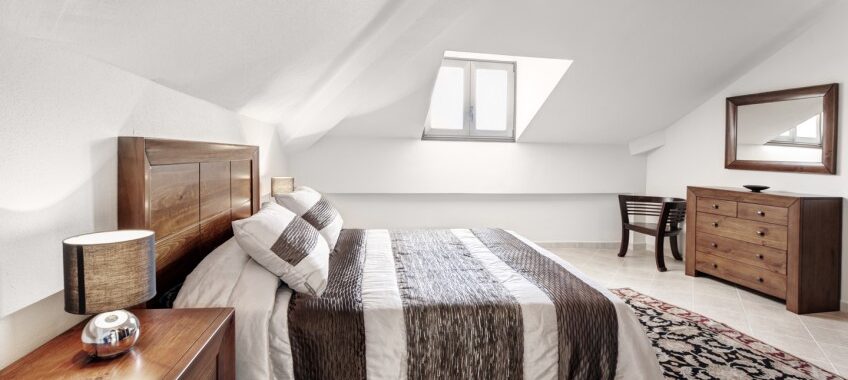Choosing the Right Wood for Outdoor Projects
Selecting the right wood for outdoor projects is crucial to ensure durability, aesthetics, and longevity. Outdoor environments expose wood to various elements such as moisture, sunlight, and temperature fluctuations, which can cause wood to deteriorate if not properly chosen or treated. Here’s a guide to help you choose the best wood for your outdoor projects.

1. Understanding Outdoor Conditions
Before selecting wood, it’s important to consider the specific conditions your outdoor project will face:
- Moisture Exposure: Rain, humidity, and dew can cause wood to rot, warp, or swell if it’s not resistant to moisture.
- Sunlight Exposure: UV rays can fade wood color and break down wood fibers, leading to cracking or splintering.
- Temperature Fluctuations: Extreme changes in temperature can cause wood to expand and contract, leading to potential warping or splitting.
- Insect Activity: Some woods are more susceptible to insect damage, such as termites or beetles, which can weaken the structure.
2. Best Woods for Outdoor Projects
Certain types of wood are naturally more resistant to the elements, making them ideal for outdoor use:
A. Cedar
- Properties: Cedar is naturally resistant to rot, decay, and insect damage due to its high oil content. It’s lightweight, stable, and has a pleasant aroma.
- Best For: Decks, fences, outdoor furniture, and siding.
- Advantages:
- Excellent dimensional stability, meaning it’s less likely to warp or crack.
- Attractive grain and color, which weathers to a beautiful silver-gray patina if left untreated.
- Considerations: Cedar is softer than some other hardwoods, so it may show dents and scratches more easily.
B. Redwood
- Properties: Like cedar, redwood is naturally resistant to rot, decay, and insects. It has a rich, reddish color and a fine grain.
- Best For: Decking, outdoor furniture, and garden structures.
- Advantages:
- Contains tannins that provide natural resistance to the elements.
- Retains its shape well, with minimal shrinking or swelling.
- Considerations: Redwood can be more expensive and may require a sealant to maintain its color.
C. Teak
- Properties: Teak is a tropical hardwood known for its exceptional durability, resistance to water, and resistance to insects. It has a natural oil that protects it from the elements.
- Best For: High-end outdoor furniture, boat building, and decking.
- Advantages:
- Extremely resistant to moisture and decay, making it ideal for wet environments.
- Ages beautifully, with a natural golden color that can develop a gray patina over time.
- Considerations: Teak is one of the more expensive wood options and can be challenging to source sustainably.
D. Ipe (Brazilian Walnut)
- Properties: Ipe is a very dense and hard tropical hardwood, offering extreme durability and resistance to rot, decay, and insects.
- Best For: Decking, outdoor furniture, and heavy-duty outdoor structures.
- Advantages:
- Extremely hard and dense, offering exceptional longevity.
- Naturally resistant to fire, insects, and rot.
- Considerations: Ipe is difficult to work with due to its density and requires specialized tools. It’s also one of the pricier wood options.
E. Pressure-Treated Pine
- Properties: Pressure-treated pine is a common and affordable wood option that has been chemically treated to resist rot, decay, and insect damage.
- Best For: Decks, fences, and outdoor structures where budget is a concern.
- Advantages:
- Affordable and widely available.
- Durable and resistant to moisture and insects after treatment.
- Considerations: The chemicals used in pressure-treated wood can be toxic, so it’s important to handle it properly and use appropriate fasteners to prevent corrosion.
3. Treatment and Finishing Options
Even naturally durable woods benefit from additional treatments to enhance their longevity:
- Sealants and Stains: Applying a water-repellent sealant or stain can help protect wood from moisture, UV rays, and other environmental factors. Stains also enhance the wood’s natural color.
- Paints: For maximum protection, consider painting wood, especially softer woods like pine. Paint provides a barrier against moisture and UV damage, but it requires maintenance to prevent peeling.
- Oil Finishes: Teak oil, linseed oil, or other wood oils can be applied to woods like teak or ipe to enhance their natural resistance to water and UV rays while preserving their color.
- Regular Maintenance: Periodic maintenance, such as cleaning, reapplying sealants, or treating the wood with preservatives, can extend the life of your outdoor wood projects.
4. Considerations for Sustainability
- Certified Wood: Look for wood that is certified by organizations like the Forest Stewardship Council (FSC), which ensures the wood is sourced from sustainably managed forests.
- Reclaimed Wood: Consider using reclaimed wood for your projects. It’s an eco-friendly option that can also add unique character and history to your outdoor spaces.
Conclusion
Choosing the right wood for outdoor projects involves balancing aesthetics, durability, and cost. By selecting wood that is naturally resistant to the elements, properly treating and maintaining it, and considering sustainability, you can create outdoor structures and furniture that are both beautiful and long-lasting. Whether you’re building a deck, crafting furniture, or constructing a garden structure, the right wood choice will ensure your project stands the test of time.


Leave A Comment